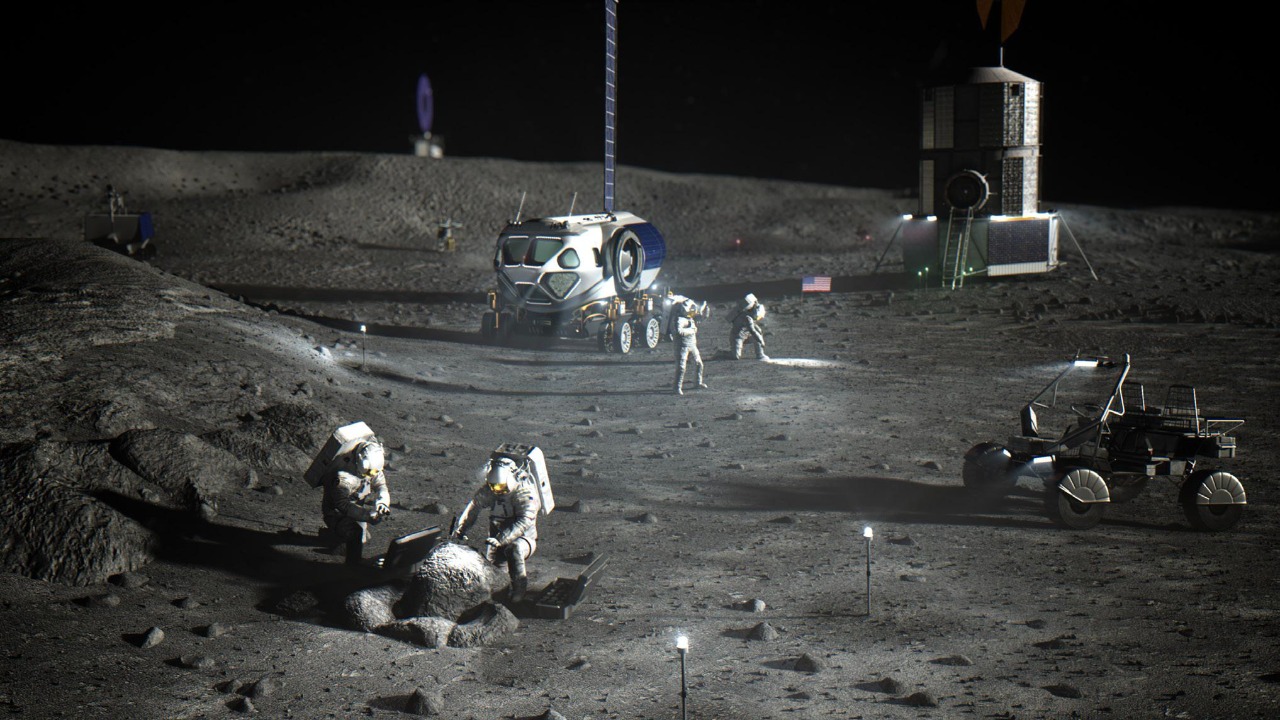
A recent study proposes a theory explaining why clocks on Mars tick faster than those on Earth, highlighting the challenges of timekeeping in space environments. This phenomenon stems from fundamental differences in planetary conditions, as detailed in emerging scientific research. NASA’s related efforts to establish standardized time scales for deep space missions, such as the Artemis program, underscore the practical implications for future exploration.
The Martian Time Anomaly
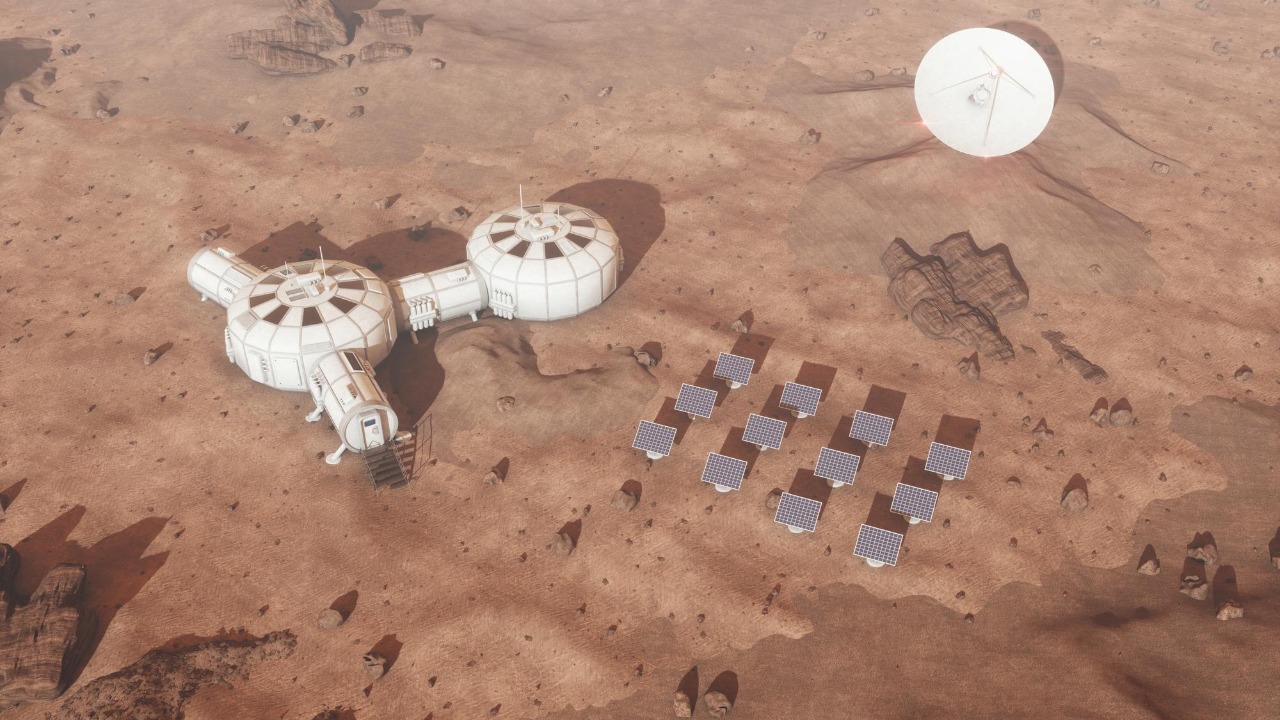
Clocks on Mars have been observed to tick faster than those on Earth, a phenomenon that has intrigued scientists and prompted detailed investigation. This discrepancy is primarily attributed to relativistic effects and the unique planetary dynamics of Mars. According to a study, the difference in tick rates is influenced by Mars’ weaker gravitational field and its orbital characteristics, which affect how time is perceived and measured on the Red Planet.
Specific measurements and experiments have quantified this timekeeping anomaly. Martian sols, or solar days, differ from Earth days in both duration and the perceived passage of time. A Martian sol is approximately 24 hours and 39 minutes, slightly longer than an Earth day, yet the way time is experienced can vary due to these relativistic effects. Initial hypotheses from astronomers suggested that gravitational influences might be contributing to the faster ticking of clocks on Mars, setting the stage for further exploration and study.
Unpacking the Study’s Theory
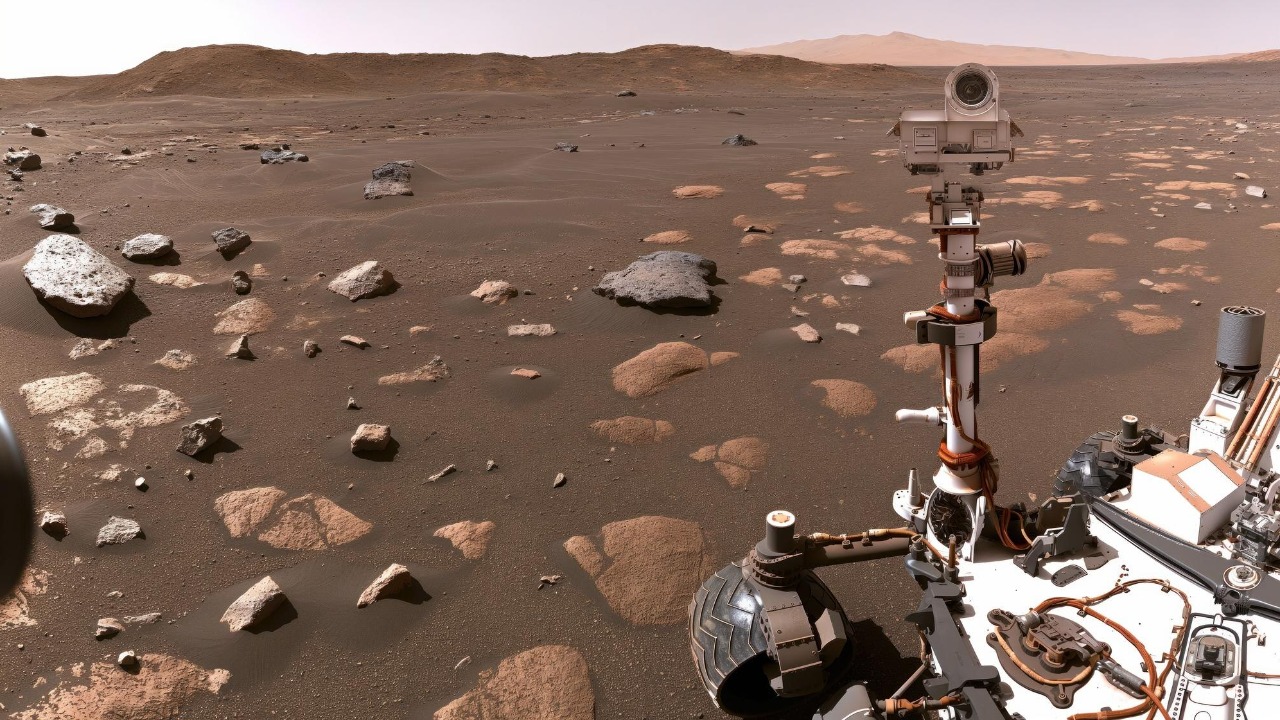
The primary theory emerging from the study posits that the weaker gravity on Mars, combined with its orbital variations, accelerates atomic clock oscillations relative to Earth standards. This theory is grounded in the principles of general relativity, which explain how time dilation manifests differently on Mars compared to Earth. The study models these effects, providing a framework for understanding how time can appear to move faster on Mars.
Supporting data from simulations and prior Mars rover missions lend credence to the study’s predictions. These missions have provided valuable insights into the Martian environment, allowing scientists to validate their theoretical models with empirical evidence. The implications of these findings are significant, as they offer a deeper understanding of how timekeeping must be adapted for extraterrestrial environments.
Implications for Space Exploration
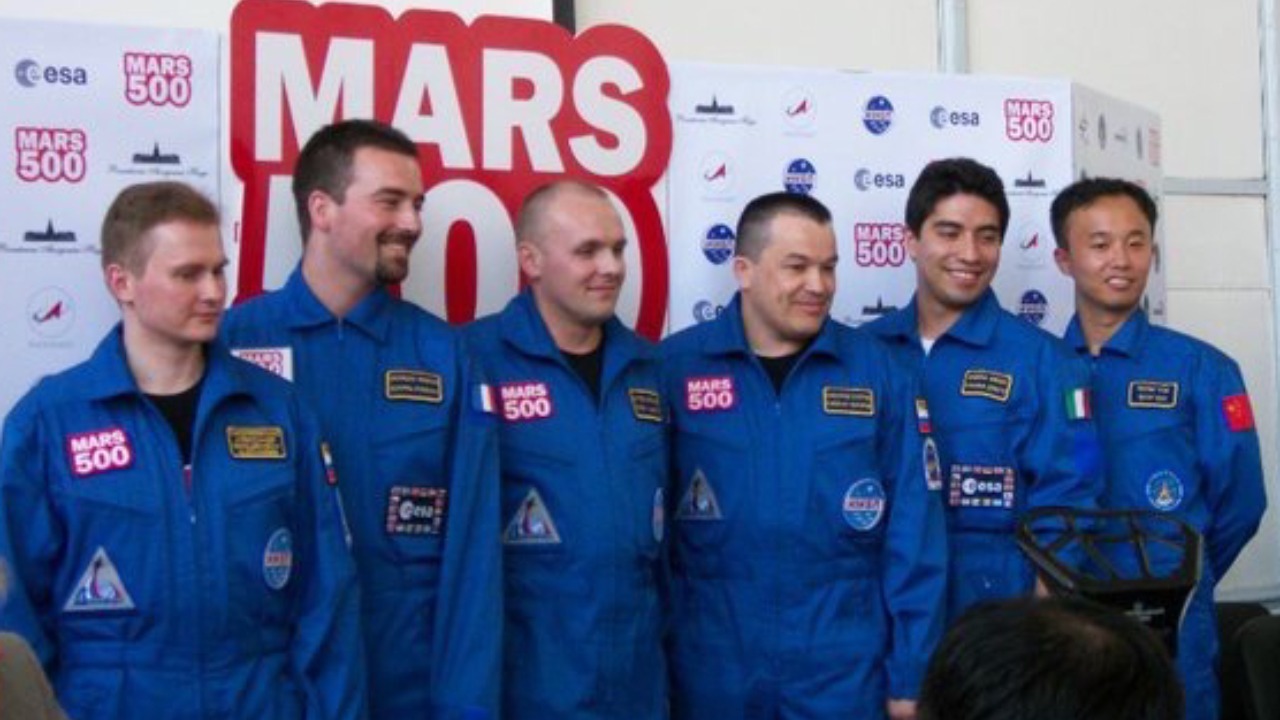
The faster Martian clock rate presents challenges for synchronization in robotic and human missions, affecting navigation and communication. As missions to Mars become more frequent and complex, ensuring accurate timekeeping will be crucial for mission success. The discrepancy in time perception could lead to delays in communication and navigation, necessitating the development of Mars-specific atomic clocks to mitigate these issues.
This challenge is not unique to Mars. The broader difficulties of interplanetary timekeeping are evident in the adjustments needed for lunar operations. As NASA and other space agencies plan for extended lunar missions, similar time scale adaptations are required. The Artemis program highlights the need for a standardized lunar time zone, addressing the relativistic issues that arise beyond Earth’s gravitational influence.
NASA’s Response to Deep Space Time Challenges
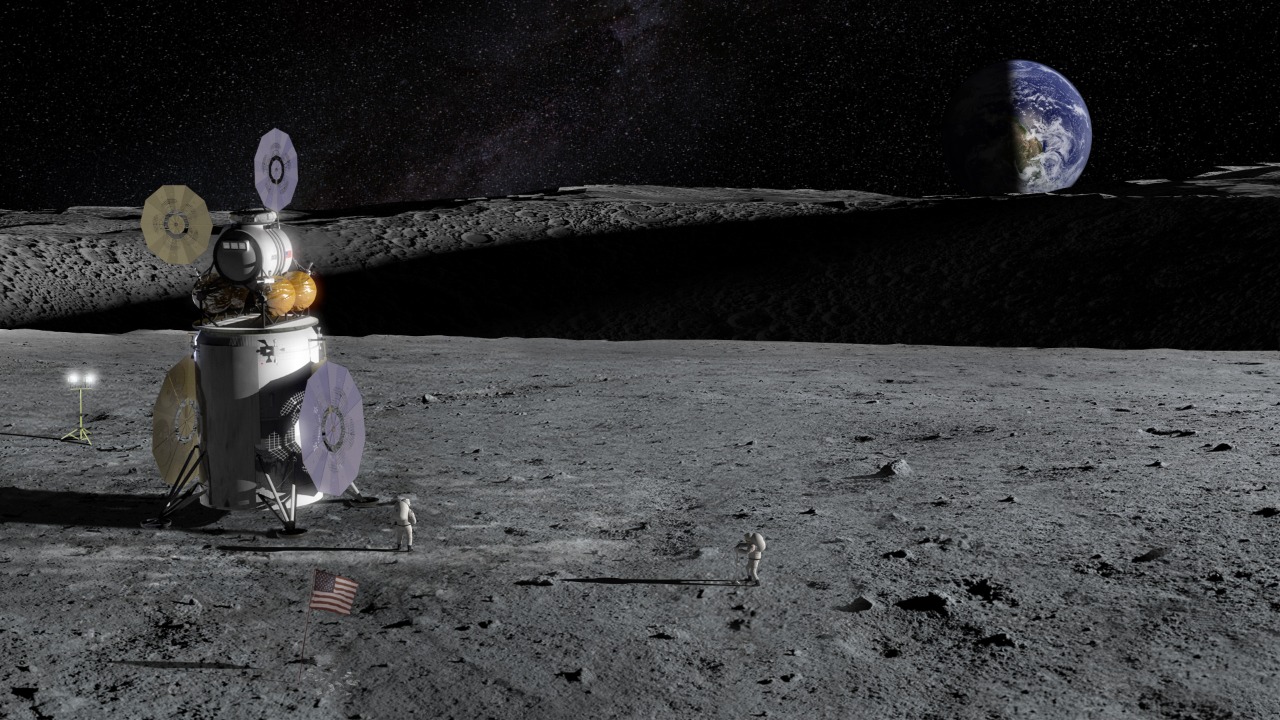
NASA is actively working to address these timekeeping challenges through initiatives like the creation of a lunar time zone and scale as part of the Artemis program. This effort is crucial for managing the complexities of time in space, ensuring that missions to the Moon and beyond can operate with precision. Coordinated international efforts are underway to standardize time for the International Space Station and future Moon missions, involving collaboration with various space agencies.
These advancements in lunar timekeeping could inform solutions for Martian missions, providing a framework for ensuring accuracy during extended stays on other worlds. By developing and implementing these timekeeping standards, NASA and its partners aim to overcome the challenges posed by relativistic effects and planetary dynamics, paving the way for successful exploration of Mars and beyond.